Do you have a question about the Siemens siprotec 7SJ63 and is the answer not in the manual?
Explains indicators and standard definitions for DANGER, WARNING, CAUTION, and INSTRUCTION.
Defines qualifications for personnel working with the device and safety precautions.
Introduces the SIPROTEC® 4 7SJ63 as a numerical, multi-functional protective and control device.
Describes the versatility of the 7SJ63 for various applications in power networks.
Outlines the protection features available with the SIPROTEC® 4 7SJ63, highlighting key functions.
Describes the device's case, housing sizes, and terminal types for panel mounting.
Explains terminal blocks for voltage and current connections, including specifications for lugs and wires.
Describes plug-in terminals for voltage connections and their pin configurations.
Explains the matrix used for processing binary inputs, outputs, LEDs, and indication buffers.
Guides determining required functions and their scope, enabling or disabling them via DIGSI® 4.
Describes the main protective function, including definite and inverse time elements.
Explains directional overcurrent protection and its application for systems needing fault direction detection.
Details the function to detect abnormally high and low frequencies and initiate appropriate actions.
Covers device installation, including panel mounting, rack mounting, and connection requirements.
Details checks for serial interfaces, SCADA connections, and power plant connections.
Outlines procedures for testing and commissioning the device, including current, voltage, and phase rotation tests.
Offers recommended procedures for diagnosing and resolving device problems.
Provides pickup and time delay ranges, inherent operating times, and tolerances for overcurrent elements.
Details pickup, time multiplier ranges, and ANSI/IEC trip time characteristics for inverse-time elements.
Lists specifications and characteristics for directional overcurrent protection elements.
Lists displacement voltage element characteristics and ground fault pickup parameters.
Details setting ranges and resolutions for motor starting protection parameters.
Lists setting ranges and resolutions for thermal overload protection, including K-Factor and Time Constant.
Describes the motor start blocking feature to prevent thermal damage from excessive starting attempts.
Explains protection against abnormally high or low voltage levels to prevent insulation failure.
Details the function to detect abnormally high and low frequencies and initiate appropriate actions.
Specifies pickup and time delay ranges, tolerances, and influencing variables for breaker failure protection.
Details parameters for automatic reclosing system, including number of reclosures and dead times.
Explains the feature for faster determination of fault location using impedance calculations.
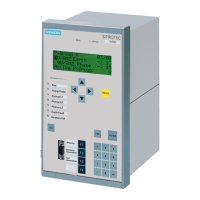
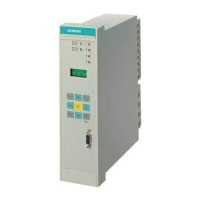

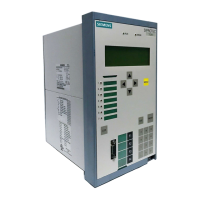
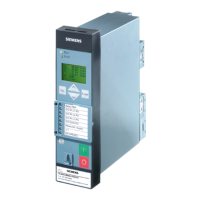
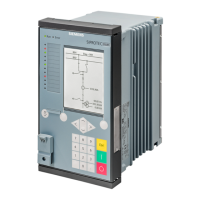
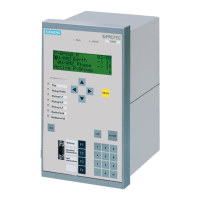

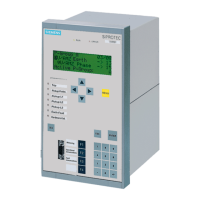
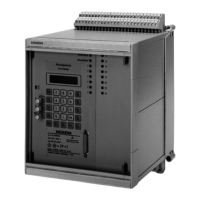

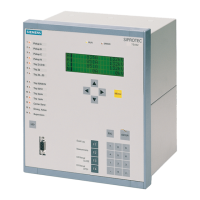
